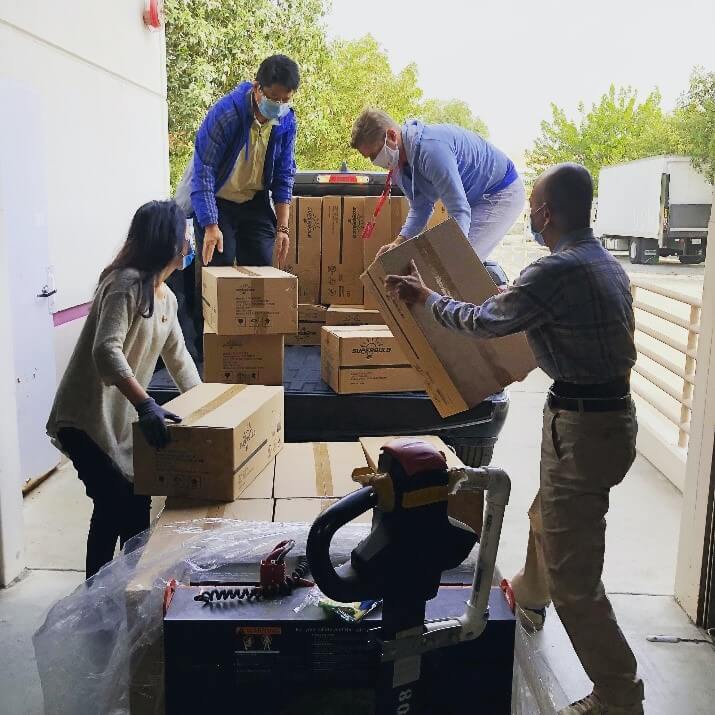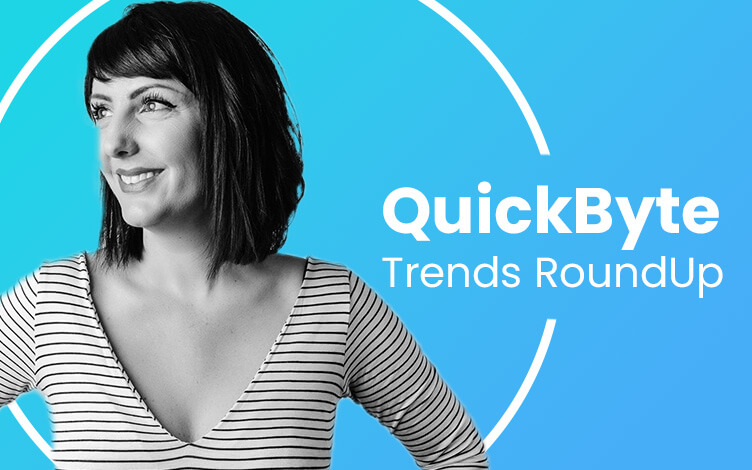Using life event data to create more effective acquisition and retention programs

How are life events defined?
A life event is a milestone in a consumer’s life that affects their needs and purchase behaviors. Some of these important milestones include having children, moving, getting married, buying a home, or entering and graduating college. Catching consumers on the brink of a life event is a critical time for brands to connect with those people and forge a long-lasting relationship during a time of significant change.
The evolution of life event data
Using life event data to market to consumers isn’t new. The earliest example of life event marketing might be De Beers Jewelers during the 1940s, when they launched an ad campaign targeting newly engaged couples. At the time, diamonds weren’t the default gemstone center for engagement rings. And the rings that were diamonds, were small or low quality. De Beers came up with the now ubiquitous slogan, “a diamond is forever.” They started targeting young women, by visiting high schools to give lectures on the importance of a diamond engagement ring. They also placed diamond rings on the hands of movie and Broadway actresses and politicians’ wives, to move young women to want ‘what she has’. 80 years later, a diamond ring is a must-have for engaged couples.

In a 2016 study by Royal Mail Data Services, 55% of marketers said they understand the concept of life event marketing, and only 21% of respondents said it was an entirely new term to them. However, only 24% of those surveyed reported that their campaigns were informed by life event data.1
While data collection and technology have evolved over the last four years, life event marketing remains an underutilized strategy in many industries. Brands can now acquire meaningful, reliable data on consumers to catch them as they begin to undergo a life change – not afterward when it’s too late.
Here are four significant life events that shape consumers’ spending and behavior for years:
The increasing adoption of digital channels has also helped boost the effectiveness of life event data. Digital channels such as email, display, and social media allow brands to catch consumers when their need for new products and services is about to peak.
How to use life event data to increase the effectiveness of acquisition and retention campaigns:
- Identify prospects early in their sales journey – in some cases before they have formed a strong brand preference.
- Attract new customers by addressing their need at the right time. Life events have a set timeframe and come with specific needs; if companies can reach these consumers at the right time, they will greatly increase conversions and win over life-long customers.
- Create personalized messaging that helps you connect with consumers during a pivotal time in their lives – understanding what changes consumers face and how they need to be supported through those changes allows brands to build long-term relationships and earn loyalty.
Brand example: a mattress company connects with new movers
Did you know that new movers are three times more likely to buy a new bed and spend up to 50% more on homeware than the average consumer? A leading mattress retailer used life event data to target new movers. The company divided the new movers into 12 customer groups, based on where they were in their buying journeys. For example, consumers who were beginning to think about moving, those in the midst of planning a move, and those furnishing their new homes. The initial event data trial resulted in an ROI of 16:1 and helped the retailer identify additional customer segments to target. Ultimately, the brand adopted new mover marketing as a central component of its overall marketing strategy.2

The importance of third-party data
Life event targeting requires a wealth of accurate data and the know-how to use it effectively. This type of data is not typically available within a company’s own database, so it requires a partnership with a data provider. Reputable data providers collect data from various publicly available sources like platforms, apps, and websites, then run it through extensive compilation, cleansing, and validation processes to ensure accuracy. While some marketers can try to collect their own customer life event data, it’s easier, faster, and more cost-effective to use a data provider to identify consumers on the brink of a life event.

Brand example: a leading insurance company boosts acquisition and retention with life event data
A large insurer wanted to decease policy attrition and cross-sell products by reaching customers during key life events. They decided to enrich their customer file with life event data to gain more insight into who their customers are and what life events they are about to embark upon. They created a 6-month snapshot of policyholders’ latest life events – which allowed the insurer to identify more than 770,000 customers in the process of moving, getting married, having children, and more. Armed with this information, the insurer sent relevant promotional offers of bundled home, auto, and life insurance policies to 215,000 customers who had recently bought homes. These promotions generated more than 4,000 retained or new insurance policies.
Now, the insurer proactively monitors life event data for their 2.6 million policy holders to identify when they need to reach out and with what type of product in order to facilitate their customers’ transitions into the next chapter.3
Conclusion
Utilizing life event data gives brands the ability to identify, engage, and convert their audiences at various lifecycle moments through personalized, timely, and relevant initiatives. To gain an advantage, marketers should include life event data in their acquisition and retention strategies.
To learn how to build an effective, data-driven acquisition campaign from the ground up, download our whitepaper, “The marketer’s playbook for customer acquisition.”
Or contact us to learn how Data Axle can help you leverage life event data to the fullest.
1 https://www.hallmarkbusinessconnections.com/life-event-marketing-effective-way-keep-customers/
2 https://www.the-gma.com/life-events
3 https://www.speedeondata.com/media/2509/speedeon_life-stage_customer-retention_cs.pdf




